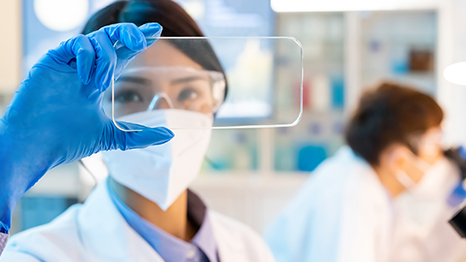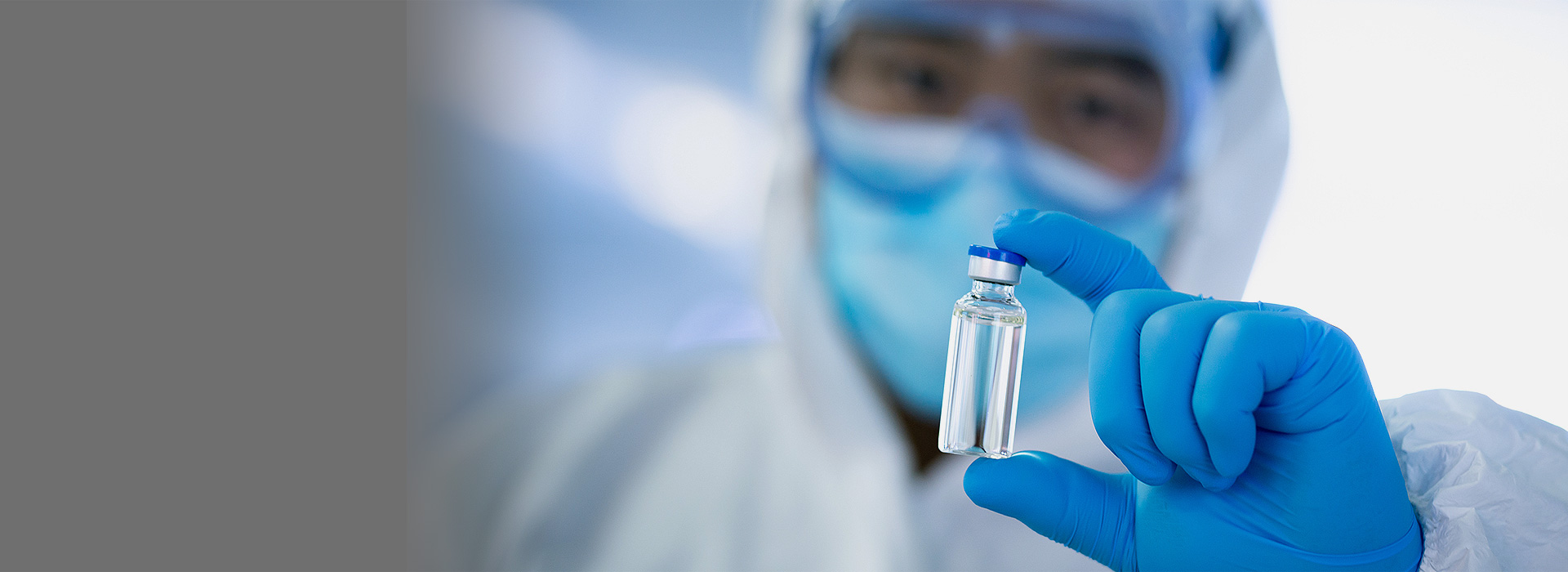What is COVID-19?
COVID-19 is the disease caused by a new coronavirus called SARS-CoV-2. This disease was officially named as ‘coronavirus disease (COVID-19)’ by the WHO.
Relevant Articles
-
-
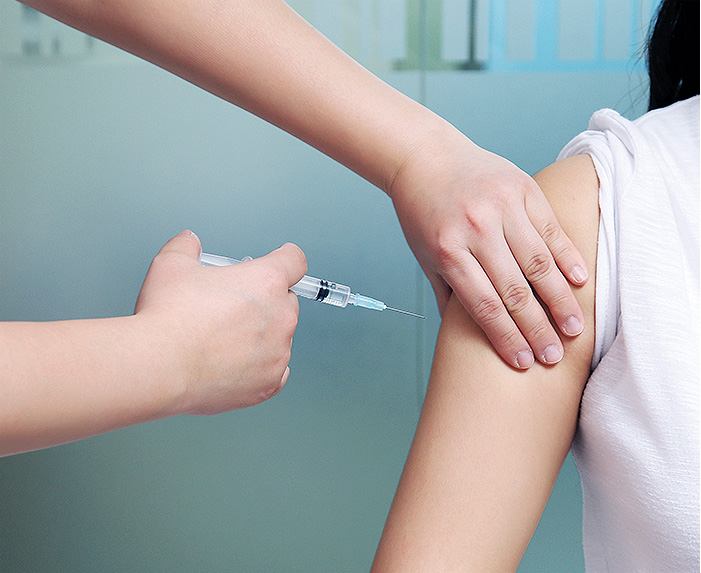
How does COVID-19 spread?
-
How does COVID-19 spread?
COVID-19 is caused by the SARS-CoV-2 virus. Current evidence suggests that the virus spreads mainly among people who are in close contact with each other, for example at a conversational distance. The virus can spread from an infected person’s mouth or nose in small liquid particles when they cough, sneeze, speak, sing or breathe. Another person can then contract the virus when infectious particles that pass through the air are inhaled at a short-range (this is often called short-range aerosol or short-range airborne transmission) or if infectious particles come into direct contact with the eyes, nose, or mouth (droplet transmission).
-
-
-
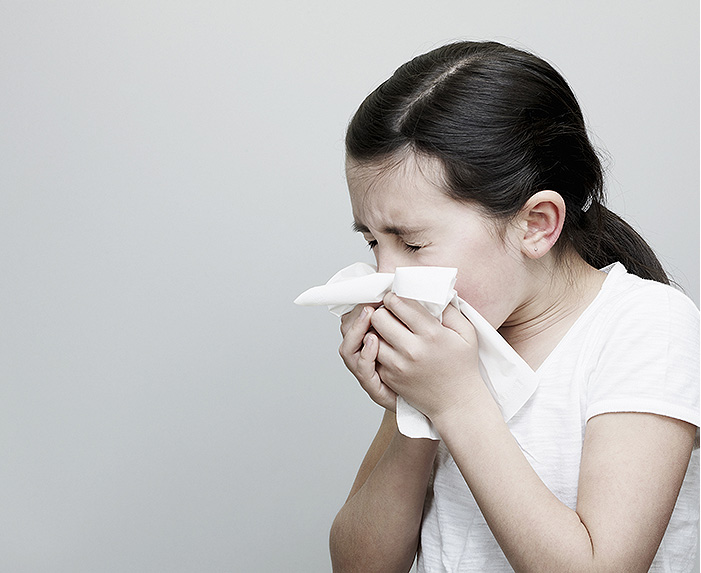
What are the symptoms of COVID-19 ?
-
What are the symptoms of COVID-19 ?
The most common symptoms of COVID-19 include fever, dry cough and fatigue. Other symptoms include loss of taste or smell, nasal congestion, conjunctivitis, sore throat, headache, muscle or joint pain, skin rash, nausea or vomiting, diarrhoea, chills or dizziness. Some people may only have very mild or non-specific symptoms, while some may develop severe symptoms like shortness of breath and or hypoxemia.
Complications may include respiratory failure, acute respiratory distress syndrome (ARDS), sepsis and septic shock, thromboembolism, and/or multi-organ failure including injury of the heart, liver or kidneys
People of older age and those with underlying medical problems (e.g. hypertension, heart and lung problems, diabetes, obesity or cancer) are at higher risk of developing serious illness.
-
-
-
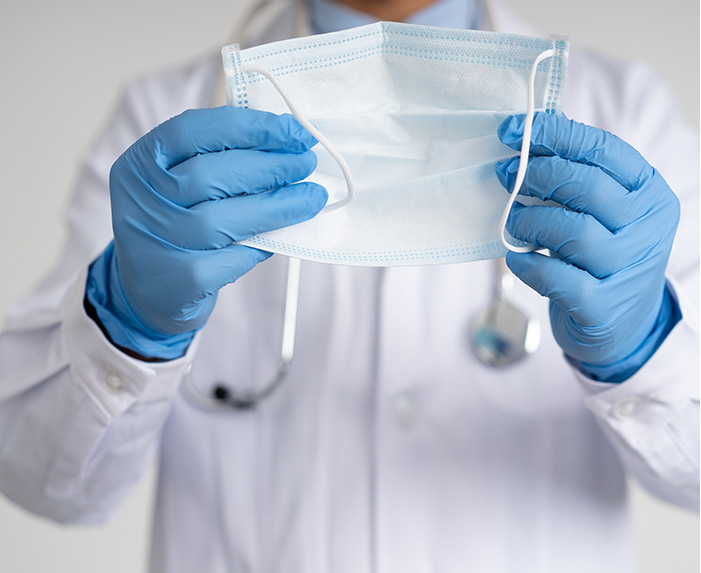
How to protect yourself from COVID-19?
-
How to protect yourself from COVID-19?
If COVID-19 is spreading in your community, stay safe by taking some simple precautions, such as social distancing, wearing a mask, keeping rooms well ventilated, avoiding crowds, cleaning your hands, and coughing into a bent elbow or tissue.
① Maintain at least a 1-metre distance between yourself and others to reduce your risk of infection when they cough, sneeze or speak. Maintain an even greater distance between yourself and others when indoors. The further away, the better.
② Make wearing a mask a normal part of being around other people. The appropriate use, storage and cleaning or disposal are essential to make masks as effective as possible.
Here are the basics of how to wear a mask:
① Clean your hands before you put your mask on, as well as before and after you take it off, and after you touch it at any time.
② Make sure it covers both your nose, mouth and chin.
③ When you take off a mask, store it in a clean plastic bag, and every day either wash it if it’s a fabric mask, or dispose of a medical mask in a trash bin.
④ Don’t use masks with valves
-
-
-

Is it necessary to vaccinate against COVID-19?
-
Is it necessary to vaccinate against COVID-19?
Vaccination of the COVID-19 vaccine can reduce the infection and morbidity of COVID-19, and is an effective means to reduce the incidence of severe disease and death. Those who meet the requirements for vaccination should be vaccinated. Vaccination objects who meet the conditions for a booster should receive booster immunization in time.
-
You can also access to the following links for the latest information on COVID-19
What is an mRNA vaccine
Messenger ribonucleic acid (mRNA) vaccines are a novel technology that stimulate the body’s own immune response. These vaccines contain information from messenger RNA, including the “blueprint” or code of a specific virus trait (virus antigen). The information enables the body to produce this antigen on its own: mRNA transfers the information for the production of the antigen to our cell machinery that makes proteins. Cells in our body then present the antigen on their surface and thus trigger the desired specific immune response. When the body comes into contact with the virus, the immune system recognizes the specific antigen and can fight the virus and thus the infection quickly and in a targeted manner.
Collaboration Milestones
- March 2020
BioNTech and Fosun Pharma announced their strategic collaboration on the development of mRNA vaccine. Fosun Pharma has been licensed by BioNTech to exclusively develop and commercialize COVID-19 vaccines based on its mRNA technology platform on the Chinese Mainland, Hong Kong SAR, Macau SAR and Taiwan region.
- November 2020
Fosun Pharma initiated the Phase II clinical trial of BNT162b2 in China
- July 2020
Fosun Pharma initiated the Phase I clinical trial of BNT162b1 in China.
- January 2021
BNT162b2 received Authorization for Emergency Use in Hong Kong SAR
- February 2021
BNT162b2 received the Special Import Authorization in Macau SAR
- September 2021
BNT162b2 started to be vaccinated in Taiwan region
- March 2021
BNT162b2 was used in the local COVID-19 vaccination program in Hong Kong SAR and Macau SAR
- February 2022
Over 20 million doses of BNT162b2 have been administered in Hong Kong SAR, Macau SAR and Taiwan region
How do mRNA COVID-19 vaccines work?
With COVID-19, the entry of the coronavirus into the host cell in humans is mediated by the coronavirus spike protein that is located on the surface of the virus. mRNA vaccines against COVID-19 are designed to provide our bodies with the code to solely produce the non-infectious virus spike protein to instruct the cell’s machinery to help stimulate a natural immune response. This response is achieved primarily through T-cells and the production of neutralizing antibodies by B-cells, which aim to prevent SARS-CoV-2 infection (and its associated disease, COVID-19). If a vaccinated person later comes into contact with the actual SARS-CoV-2, the immune system will recognize the surface structure and will be able to combat the virus and eliminate it.
Neutralizing antibodies targeted at SARS-CoV-2 are circulating in your body and will immediately bind to the virus, “neutralize” it and prevent it from entering the cell, thus protecting you from getting sick. T cells help the immune system to fight intracellular infections and can also kill the infected cells directly.
Manufacturing Process of mRNA Vaccines
-

-
No Virus Active Component and
-

-
High R&D efficiency brings rapid development of new vaccine candidates to cope with virus variation
-

-
Dual mechanism of humoral immunity and T cell immunity, with strong immunogenicity but without adjuvant
-

-
Easy to mass-produce, supporting the goal of global supply
Advantages and Characteristics of mRNA Vaccines
COVID19 mRNA vaccine consists of a short segment of genetic material, called messenger RNA, that provides instructions for a human cell to make a harmless version of a target protein or antigen, which activates the body’s immune response against SARS-CoV-2. mRNA can be produced at a large scale in a short manufacturing cycle, which allows for a scale-up of manufacturing aimed at a worldwide supply
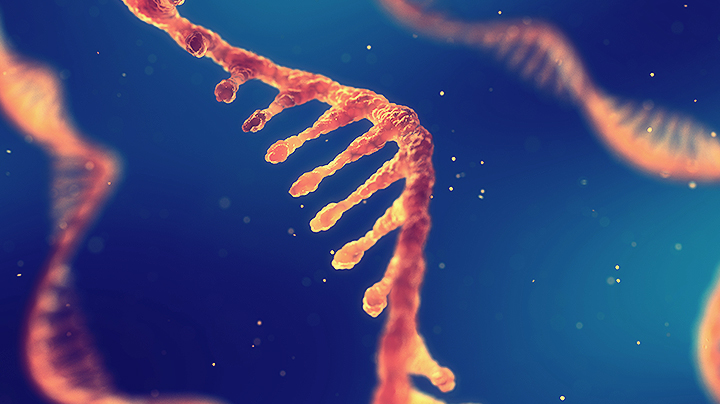
-
mRNA Production for BNT162b2
To manufacture mRNA at a large scale, we use biochemical reactions, similar to those occurring in every cell of the human body. This reaction can be replicated with a bioreactor in a so-called in-vitro transcription (IVT). This enzyme-based process “translates” a DNA template into mRNA. Due to the highly specific and effective enzyme RNA polymerase, more than 500 mRNA copies can be produced with one DNA molecule
-

-
Drug substance purification and concentration
Following the mRNA production in the bioreactor, the mRNA is purified by a separating process and product-related impurities, including the DNA templates, are removed by using a proprietary purification process. After purification, the mRNA solution is concentrated. In a final step, the drug substance is filtered to remove any potential microbial contamination.
-

-
Formulation
The mRNA in the drug substance needs to be appropriately formulated to ensure the delivery of the RNA to the particular target cells and is critical to protect the encapsulated mRNA from degradation after injection into the human body. Therefore, the mRNA is combined with a mixture of lipids to form lipid nanoparticles (LNP). The lipids in the BNT162b2 mRNA formulation are selected to deliver the drug substance to lymphatic cells to induce the immune response against the SARS-CoV-2 protein. The LNPs in the solution give the vaccine a slightly turbid appearance.
-

-
Fill & Finish
The final manufacturing step is a sterile filtration and filling of the vaccine into vials. The vials are labelled and undergo a strict quality control before packaging. About 200 multi-dose vials fit in one carton and can then be shipped to the sites where individuals will be vaccinated. On-site, the mRNA-LNP formulation will be diluted with saline to adjust the concentration prior to the intramuscular injection.
For more information on mRNA vaccines, please visit the official website of BioNTech:
Medical Literature
Safety and immunogenicity of the SARS-CoV-2BNT162b1 mRNA vaccine in younger and olderChinese adults: a randomized,placebo-controlled,double-blind phase 1 study




